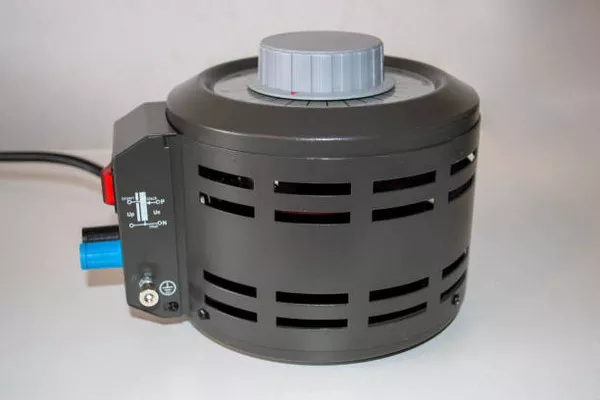Transformers play a crucial role in the functionality and efficiency of inverters, which are essential components in various electrical systems. The selection of the appropriate transformer type for an inverter application is paramount to ensure optimal performance, reliability, and safety. This article aims to delve into the different types of transformers used in inverters, highlighting their characteristics, advantages, and considerations for selecting the right one.
Understanding Inverters and their Importance:
Inverters are electronic devices that convert direct current (DC) into alternating current (AC), making them indispensable in numerous applications such as solar power systems, uninterruptible power supplies (UPS), motor drives, and electric vehicles. Inverters facilitate the integration of renewable energy sources, enable efficient power transmission, and provide backup power during outages.
The Role of Transformers in Inverters:
Transformers in inverters serve multiple purposes, including voltage transformation, isolation, and impedance matching. They ensure compatibility between the inverter output and the connected load while enhancing system performance and safety. Transformers also help in reducing voltage fluctuations, harmonic distortion, and electromagnetic interference (EMI), thereby improving the quality of the output waveform.
Types of Transformers Used in Inverters:
Isolation Transformers:
Isolation transformers provide electrical isolation between the input and output circuits, offering protection against electrical shock and ground loop currents. They feature a primary winding connected to the input DC source and a secondary winding connected to the inverter output. Isolation transformers are commonly used in sensitive electronic equipment, ensuring galvanic isolation and noise reduction.
Step-up and Step-down Transformers:
Step-up transformers increase the voltage level from the input to the output, while step-down transformers decrease the voltage level. The choice between step-up and step-down transformers depends on the specific application requirements, such as grid connection voltages, load characteristics, and power distribution needs.
Ferroresonant Transformers:
Ferroresonant transformers, also known as constant voltage transformers (CVTs), maintain a relatively stable output voltage despite fluctuations in the input voltage. They utilize the phenomenon of ferroresonance to regulate the output voltage, making them suitable for applications requiring a consistent AC power supply.
Auto-transformers:
Auto-transformers have a single winding with multiple taps, allowing for variable voltage output by adjusting the tap connections. They offer a compact and cost-effective solution for voltage conversion and regulation in inverters, especially in applications where space and efficiency are critical factors.
Considerations for Selecting the Right Transformer:
Load Requirements:
Analyzing the specific characteristics of the connected load, such as voltage rating, frequency sensitivity, and harmonic distortion tolerance, is essential for selecting the appropriate transformer type. Different loads may necessitate different transformer configurations to ensure compatibility and optimal performance.
Efficiency and Losses:
Evaluating the efficiency and losses associated with each transformer type is crucial to minimize energy wastage and enhance overall system efficiency. Factors such as core losses, copper losses, and stray losses influence the overall efficiency of the transformer and should be considered during the selection process.
Size and Weight Constraints:
Considering space limitations and weight restrictions is vital, particularly in applications where compactness and portability are key requirements. Choosing transformers with a high power density and lightweight construction can help optimize system design and installation without compromising performance.
Reliability and Durability:
Prioritizing reliability and durability is essential to ensure long-term operation and maintenance-free performance of the inverter system. Selecting transformers from reputable manufacturers with a proven track record of quality and reliability can mitigate the risk of premature failures and costly downtime.
Cost-effectiveness:
Balancing performance requirements with cost considerations is critical to achieving an optimal solution that meets budgetary constraints without compromising functionality or quality. Conducting a thorough cost-benefit analysis and comparing the lifecycle costs of different transformer options can aid in making informed decisions.
See Also The Cost of Installing a Generac Generator: A Complete Guide
Conclusion:
Choosing the right transformer type for inverters requires careful consideration of various factors, including load requirements, efficiency, size constraints, reliability, and cost-effectiveness. By understanding the characteristics and considerations associated with different transformer types, engineers and system designers can select the most suitable option to ensure the efficient operation and longevity of inverter-based applications. Investing time and effort in the selection process can lead to improved performance, reduced maintenance costs, and enhanced overall system reliability.

